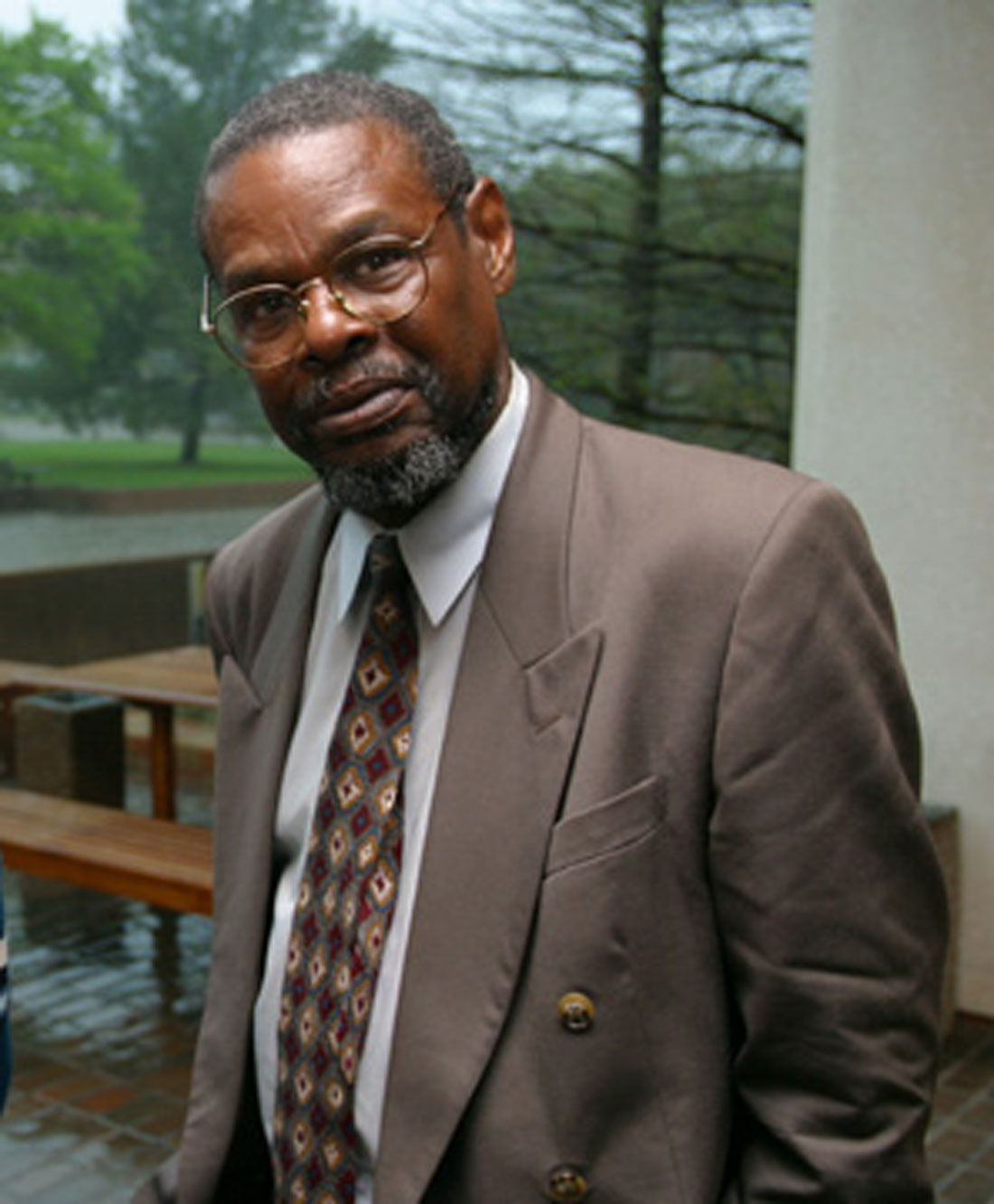Bleak doesn’t begin to describe Fort Worth’s Morningside neighborhood, a beleaguered little slice of the city’s near southeast side. Regardless of which data set you choose, Morningside is trending down — way down — from the rest of the city and most of America.
About 12,000 people live in this 2.2-square-mile area between I-35 and Riverside Drive, south of Rosedale Street. Most — nearly 75 percent — are African-American, young (median age is between 30 and 35), and poor (the average household income falls below the federal poverty level). Statistics also show that about 45 percent of residents didn’t finish high school.
“This is a toxic socio-economic environment,” said community activist Eddie Griffin, a lifelong resident of Morningside. “We need to be raising our kids to become productive citizens in society, not just looking at the dropout rate. The time to help our kids is from the cradle to college.”
Morningside is about to become part of an innovative experiment, testing the theory that it may, in fact, take a village to raise a child. Through an initiative called the Morningside Children’s Partnership, a group of local academics, community leaders, educational and charitable foundations, and neighborhood schools are creating a public-private effort to nurture children from pre-kindergarten age to pre-college.
“You could call it a project, but I believe it’s a movement,” said Andrew Chambers, who is coordinating the effort for the Fort Worth school district. “This is not simply a new urban model for education and success, it’s an urban miracle.”
Work began on the initiative in August. Over the next six years, the school district, along with the University of North Texas, the Rainwater Charitable Foundation, the Sid W. Richardson Foundation, and community leaders including Griffin, will tackle a titanic task: creating a lifeboat for an entire neighborhood. Using paid experts, business and community volunteers, and federal, state, and local programs, the Morningside partnership will “prioritize needs in education, income, and health, forming innovative and effective partnerships with other organizations, and strategically raising and investing resources to make lasting change,” according to its mission statement.
The scope of the initiative is unprecedented in Fort Worth, but there’s a strong and successful model to look to — the Harlem Children’s Zone in New York City. According to its web site, the HCZ ran a pilot project in the early 1990s that brought a range of support services to a single block in Harlem. “The idea was to address all the problems that poor families were facing, from crumbling apartments to failing schools, from violent crime to chronic health problems,” the site explains.
The New York nonprofit, which now serves more than 10,000 children, created teams and programs by age group. A “baby college” provided parenting workshops. Young students received health and social services after school. The Zone provided volunteer tutors for middle- and high-school students and sponsored chess classes and martial arts competitions after school.
The 10-year plan produced remarkable results: Children who’d been classified as “delayed” in reading readiness moved up to the “advanced” category. Every third-grader in the program was doing math at grade level, and almost every high school senior graduated and went on to college.
Loretta Burns, community coordinator for the Morningside Children’s Partnership, said the Harlem project is an “excellent model” that Morningside is already following to some extent. But, she said, the local project “will be specific to Fort Worth” and to the neighborhood. “We’re going to make our own plan.”
Chambers has had his boots on the ground in Morningside for 12 years as principal of Morningside Middle School. District Supt. Walter Dansby tapped him to coordinate the MCP.
“Mr. Dansby is an innovator,” Chambers said. “We are all united to make sure these kids have a great opportunity. With this sort of effort, there will be a safety net all the way through their academic lives, with an emphasis toward college readiness.”
The Morningside area is home to three elementary schools — Carroll Peak, Morningside, and Briscoe — plus Morningside Middle School and O. D. Wyatt High School. The neighborhood schools are expected to be the hubs for many aspects of the project.
In order to focus on the Morningside project, Burns has turned over to her staff the day-to-day duties she formerly carried out as founder and executive director of the AB Christian Learning Center in the Stop Six neighborhood.
“This is a full-time volunteer job,” she said, laughing. Much of her time will be spent listening to Morningside community members to find out what it will take to get them on board. “Through this planning process, we can determine city and community resources that already exist and match them with identified needs.”
Education, Griffin believes, is usually the answer for lifetime success, but it’s not the only answer. “I can understand all the problems,” said Griffin, who has volunteered to do community outreach for the project. “I have lived in this target zone for 66 years, so I can see what has worked and what hasn’t.”
Griffin has been part of the school district’s Community Action Team since 2007, with the primary goal of increasing high school graduation rates. “We’ve been instrumental in changing public school culture and expectations,” he said. “I’ve seen the improvements, and I’ve seen where we’ve fallen short.”
For a long time, the school district has shouldered the blame for its shortcomings, such as low test scores and high dropout rates, and enjoyed praise for small victories, like turning around low-performing schools and recognizing top local educators. “But it often seems like we are working in isolation,” Chambers said. “That’s the problem from the schools’ perspective.”
While the barriers to learning inside the schools are being addressed, he said, there are barriers outside the schools that contribute to a lack of success. “It may be healthcare, it may be poverty, or family situations, or lack of social services to connect with,” Chambers said.
Burns agreed. “I’ve seen this dynamic in my own life,” she said. “I was the first one in my family to graduate from college.”
Her story is like many others — her mother became a single parent with eight kids to care for. “Someone came along and offered a hand,” she said, in the form of a college scholarship. She holds a bachelor of science degree in business and a master’s degree in urban affairs. After a 30-year career in the federal government (in the Department of Housing and Urban Development and the Department of Defense), she is enthusiastic about giving back. “I’m convinced there are a lot of programs in place to help people help themselves,” she said. “The goal is coordination and access.”
UNT’s department of education, under the leadership of John Brooks, is working on the data collection part of the project, gathering educational statistics such as test scores and graduation rates as well as infant mortality rates and information on housing, businesses, and crime. Brooks joined UNT in 2007 as a principal lecturer, and his professional experience includes stints as superintendent of schools for the Northwest and Bridgeport school districts and as a high school principal in Mineola.
Data collection and planning are due to be completed in May, Chambers said. “At that point, we’ll begin to bring all the implementation resources — people and programs — together.” He considers the Morningside partnership to be a pilot project, which, if successful, can be duplicated in other Fort Worth neighborhoods.
He said it’s too soon to tell what the program budget will be, but the nine-month planning phase has been funded by grants from the two Fort Worth foundations.
“It’s a good beginning,” Burns said. The Morningside initiative will affect the lives of 4,000 children and their families. “When you help one child, that child is likely to succeed and grow up to help other children and other families,” she said. “It’s not a short-term prospect. It’s an investment that could improve generations of people in Fort Worth.”
Freelance writer Annabelle Massey Malloy can be reached at annabellemm@sbcglobal.net.












I applaud the effort to reignite a culture of high expectations for success. Morningside, once a prominent area where lawyers and doctors resided, made a drastic change to an area that is not well revered. The partnership is a great idea and hope to hear great things. One aspect that needs to change is the leadership in the area specifically some of the schools. You have schools who have had so much invested in terms of programs and no major results. You cannot have the same leaders after 4 years and expect that by putting in more money things will change. If the district is really wanting change then it has to start at the top. Parents have to be a big part of this initiative and I didn’t see that emphasized as much. The area also counts with a large hispanic population who needs to be considered as well. There has to be accountability and look forward to great results. The area needs a boost and children an opportunity to excel. Working in the area, the children just don’t have the support they need but most of all the expectation that they can rise to the occassion. I saw it and know it can happen.. are you in?